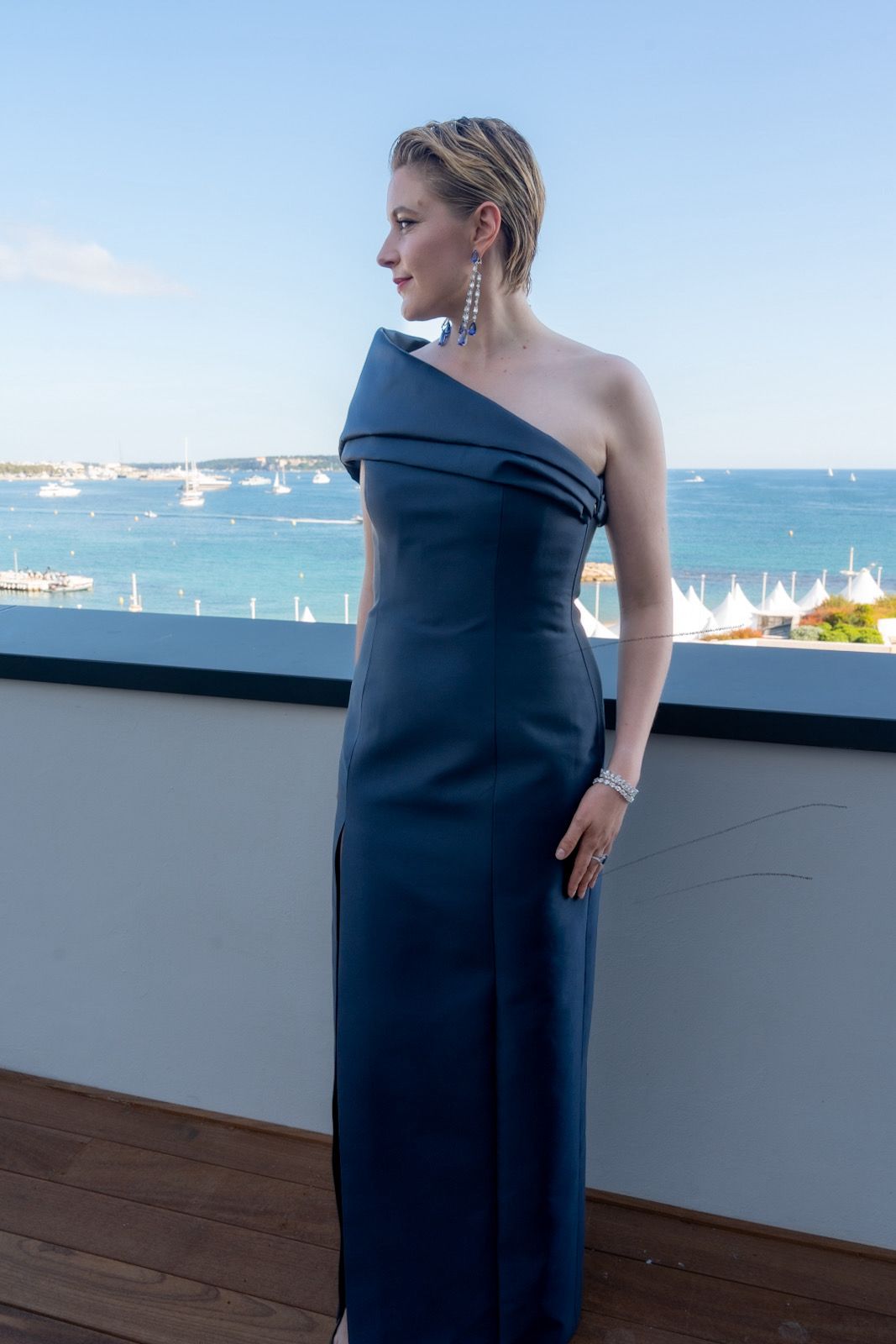Since its debut in December 2020, Netflix’s “Bridgerton” has captivated audiences with its lavish costumes, intricate plotlines, and diverse cast. Based on Julia Quinn’s best-selling novels, the series has reimagined the Regency era with a modern sensibility, integrating contemporary issues into its narrative tapestry. One of the most notable aspects of this adaptation is its inclusive representation of queer characters and storylines, signaling a significant cultural shift in period dramas and mainstream media.
Breaking the Heteronormative Mold
Historically, period dramas have often adhered to rigid heteronormative frameworks, rarely venturing into the complexities of queer identities. “Bridgerton” breaks this mold by weaving LGBTQ+ themes into its narrative. This approach not only reflects the diversity of human experience but also challenges the historical erasure of queer lives.
Season two of “Bridgerton” introduced viewers to the character of Henry Granville (Julian Ovenden), a talented artist and close friend of Benedict Bridgerton (Luke Thompson). Granville’s storyline delves into the hidden world of queer relationships in Regency England, highlighting the societal pressures and dangers faced by those who defied conventional norms. His clandestine relationship with Lord Wetherby (Ned Porteous) offers a poignant exploration of love, secrecy, and the yearning for acceptance in a repressive society.
A Platform for Queer Voices
“Bridgerton” creators have been vocal about their commitment to diversity and inclusion. By integrating queer characters and narratives, they provide a platform for underrepresented voices in the genre of period drama. This inclusion extends beyond the screen, with the show’s diverse writers’ room and casting choices reflecting a broader commitment to representation.
The show’s portrayal of queer relationships is nuanced and multifaceted, eschewing stereotypes and caricatures. For instance, Granville’s struggle with his sexual identity and societal expectations resonates with contemporary audiences, offering a historical lens on issues that remain relevant today. By humanizing these characters, “Bridgerton” fosters empathy and understanding, encouraging viewers to reflect on the progress made and the work still needed in achieving true equality.
Cultural Impact and Reception
The inclusion of queer storylines in “Bridgerton” has sparked significant discourse among critics and audiences alike. Many have praised the series for its bold approach to representation, while others have engaged in discussions about historical accuracy and the importance of diverse narratives in historical fiction. This dialogue underscores the show’s impact in challenging conventional storytelling and broadening the scope of period dramas.
Moreover, “Bridgerton” has become a cultural touchstone for LGBTQ+ viewers, who see themselves reflected in the sumptuous world of Regency romance. The show’s success demonstrates the appetite for diverse and inclusive storytelling, paving the way for future productions to explore queer narratives with authenticity and sensitivity.
Looking Ahead: The Future of Inclusive Storytelling
As “Bridgerton” continues to captivate audiences with its upcoming seasons, the commitment to queer representation remains a crucial element of its storytelling. The series’ success serves as a reminder of the power of inclusive narratives to resonate with a global audience and drive meaningful cultural change.
In an industry often criticized for its lack of diversity, “Bridgerton” stands out as a beacon of progress. Its portrayal of queer characters and relationships not only enriches the narrative but also honors the complexity and richness of human experience. By breaking free from the constraints of historical erasure, “Bridgerton” heralds a new era of inclusive storytelling, where every love story has a place and every voice is heard.
In conclusion, “Bridgerton’s” queer awakening is more than just a subplot; it is a revolutionary step towards a more inclusive and representative media landscape. As the series continues to unfold, it promises to keep challenging norms, celebrating diversity, and enchanting audiences with its blend of historical allure and contemporary relevance.





